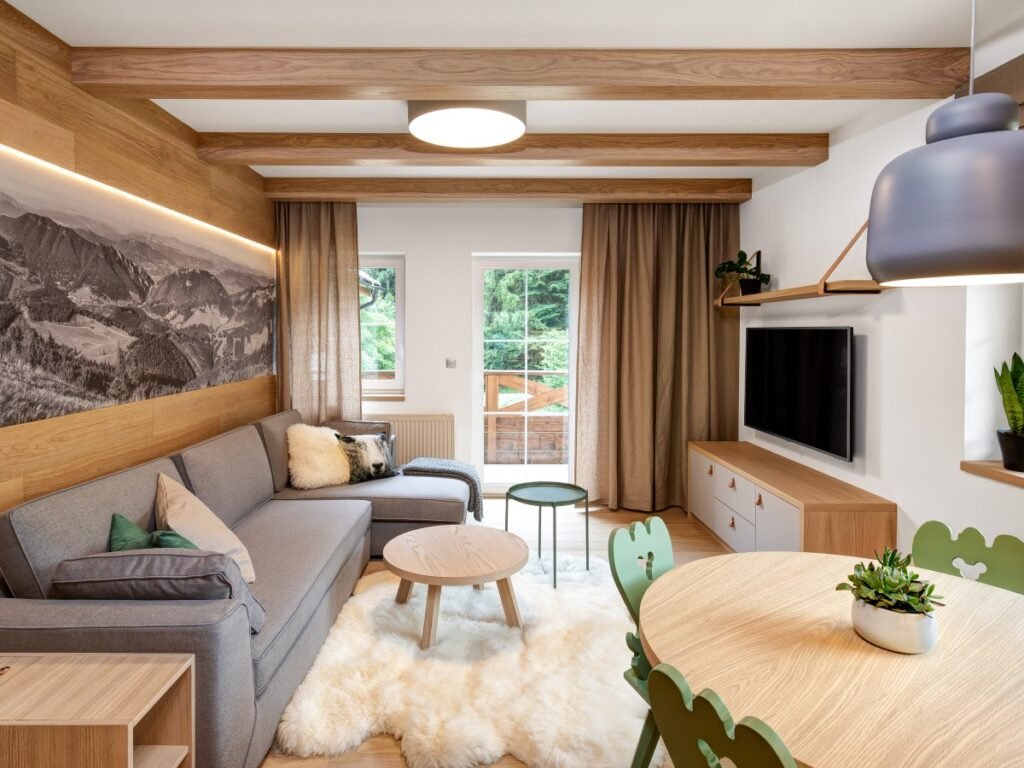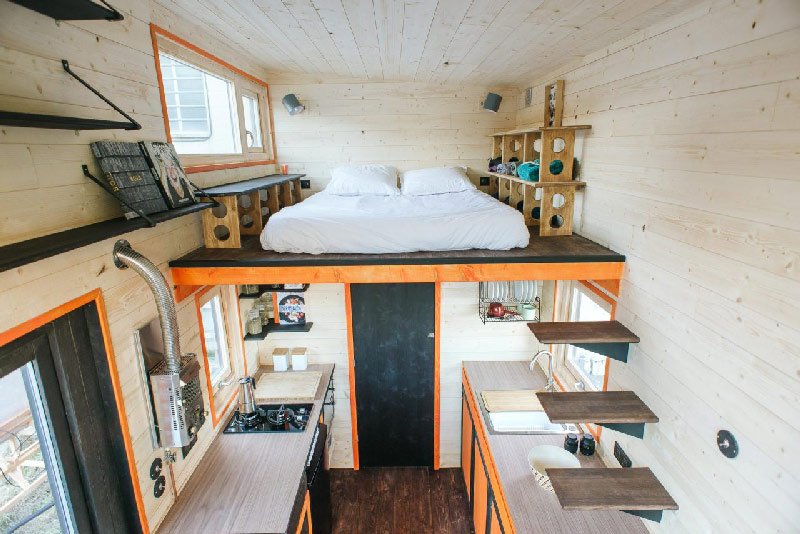The tiny house movement has gathered fast pace over the last two decades as a really new approach to urban living. With cities growing and fighting all sorts of problems, such as overcrowding, rocketing property prices, and environmental distress, the idea of small home dwellings actually offers a decent solution to people who are looking forward to a more sustainable, affordable, and flexible lifestyle. These compact homes usually range from 100 to 400 square feet and are designed with space efficiency in mind without sacrificing comfort or style.
They are more than a fad; tiny houses are a movement—first and foremost, a shift in priorities. To many, they signify freedom from the weight of finances, lighter footprints on the environment, and living a life reduced to what really matters. In cities where space may be an issue, tiny homes have become a creative way to approach housing shortages and concerns with sustainability.
It is for this reason that small houses are characterized by their capability in maximizing the small space available. Not even an inch goes to waste due to careful consideration of multi-functional furniture, in-built storage, and clever design elements. For instance, lofted sleeping areas, foldable tables, and hidden compartments show how small homes can maximize small spaces.
Tiny houses have now become a really smart solution to living efficiently, especially in cities where the living space is highly pricey and hard to find. The main idea of tiny homes involves focusing on core essentials while avoiding excess; this allows residents to stay comfortably in smaller footprints with openness and functionality.


Affordability and Financial Freedom
The most attractive thing about tiny homes is surely the affordability factor against traditional options. For cities where property prices are increasingly touching the sky, tiny houses could offer an affordable entry into homeownership. Many tiny homes are constructed for less money than a standard home would be sold for, thus making them accessible to more people—youngsters, students, retirees, or whoever.
In addition, tiny homes are much smaller in size, which again means fewer utility bills, less maintenance required, and a chance to go debt-free. Many consider tiny homes because they eradicate mortgages and high rents, thereby opening room for financial flexibility and freedom.
Sustainable Urban Living
The tiny house movement is also one of the answers to the urgent demand for more sustainable living solutions in cities. Building material usually includes materials that are eco-friendly in nature, with a design to minimize energy use. Solar panels, rainwater collection systems, and energy-saving appliances are some of the many features of tiny homes, putting them way ahead in lessening their impact on the environment.
With less, tiny houses contribute to a more sustainable city lifestyle. Their small footprint reduces the carbon print from building and living, while further energy-efficient design reduces demand for outside utilities. In cities, where green space is often minimal, tiny houses can also be a part of urban infill projects—best utilizing land not in use without outwardly contributing to urban sprawl.
Flexibility and Mobility
Other advantages of tiny homes include their flexibility. Most of the tiny houses are built on wheels, and it is easy to move from one place to another. This mobility has been more attractive at urban centers, where people often have to shift from place to place to satisfy job or other commitments. It gives the opportunity for flexibility in living in different locations instead of long-term commitment for accommodation.
This mobile aspect opens up possibilities for creative urban planning, too. Tiny house communities can be experimented with by the cities: clusters of these houses would be fitted into underutilized nooks and crannies, thereby creating affordability without actually needing large-scale development. There will be mini-societies unto themselves where community and innovation are thriving, offering a blend of privacy and shared spaces to residents.
With the increasing pressure to offer affordable housing in cities, tiny homes represent a pragmatic approach and also scale well. Finally, it is now that great potential of tiny house developments answering the shortage in housing supply, especially towards low-earning citizens, students, and the elderly, gets remarked upon by the urban planners and policymakers. Some have already been experimenting by implementing tiny home villages, along with micro-housing projects, so as to provide a safe and realistic avenue of housing for those residents who are in need. It is also expected to reduce instances of overcrowding and homelessness, hence an environmentally friendly solution for those who may not be in a position to afford the traditional way of homeownership.
Beyond the practical benefits of tiny homes, there is also a philosophical shift to be had with choosing to live in a smaller space. Tiny homes encourage a minimalist lifestyle—one centered on experiences and relationships rather than material possessions. For many people, this shift into simplicity and an intentional lifestyle is one of the most rewarding benefits linked to life in tiny homes. Downsizing enables a resident with a more intentional life, where clutter and distractions have gone out of the window in order to foster stronger relationships with space and society. For metropolises, where at times the pace feels overwhelming, tiny homes are havens that offer respite for people who seek a slower, more meaningful pace of life.